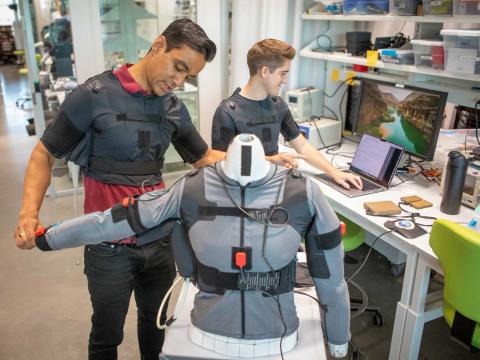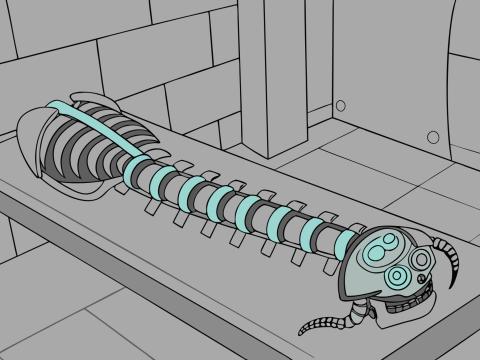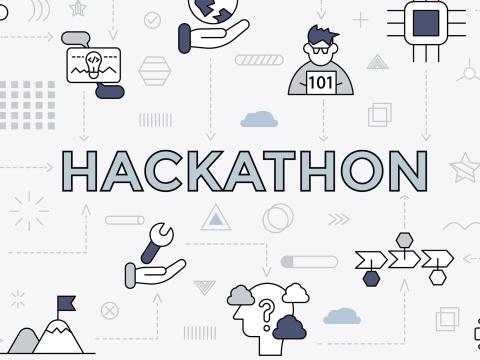On Point: Q&A With Reva Schwartz
What is the overall goal of the ARIA program?
ARIA’s goal is to advance the science and practice of AI risk measurement. To achieve this, ARIA establishes an evaluation environment to explore what happens when people use AI in controlled but realistic conditions, including how risks materialize and result in positive and negative impacts. As a research program—ARIA is not designed for operational, oversight, reporting or certification purposes.
According to a NIST press release, the ARIA program will test AI “in realistic scenarios.” Can you provide an example or two of realistic scenarios?
ARIA designs test scenarios around proxies. For the pilot evaluation, these scenarios are for key risks associated with large language models (selected from our recent publication NIST AI 600-1).
The first three proxy scenarios are described in detail in the ARIA evaluation plan.
One example scenario evaluates whether submitted applications can safeguard TV plot spoilers (e.g., plot twists, endings), which serves as a stand-in for other types of protected content such as personal or private data, proprietary information and dangerous or classified information.
What are some major events or milestones we should expect for the program?
NIST is conducting a pilot evaluation through the fall. During that time, we will test a small number of applications from teams that signed up to participate. The applications are deployed to the ARIA evaluation environment where different types of users interact with them, and resulting dialogues are annotated and then scored based on:
• whether risks materialized.
• the magnitude and degree of the resulting impact.
NIST will also hold an ARIA kickoff workshop on November 12, 2024, in Washington, D.C.
In spring 2025, ARIA will expand the library of proxies and risks and continue evaluations.
What is the relationship between ARIA and the U.S. AI Safety Institute?
ARIA’s evaluation outcomes will inform the work of the U.S. AI Safety Institute over time.
The U.S. AI Safety Institute Consortium may assist in enhancing and producing ARIA style evaluations at scale, useful for all industries.
Can you describe the evaluation levels ARIA will support?
The ARIA evaluation environment has a three-level testbed.
1. Model testing: to assess AI capabilities and limitations.
2. Red teaming: to stress test and break application guardrails.
3. Field testing: to identify how risks and impacts can arise when people use AI applications and make sense of AI-generated information under regular use.
Tracing applications across three testing levels can improve our understanding of how AI capability (in model testing) connects to risks (in red teaming) and positive and negative impacts (in regular use field testing) in the real world.
Over time, information gleaned from the ARIA environment
can improve understanding of:
• which AI risks and impacts actually materialize in the real world.
• the conditions under which AI risks are most likely to happen.
• who is affected by AI risks.
• how often AI risks occur.
• which risk mitigation approaches achieve their intended results.
If someone wants an ARIA evaluation for their technology, how do they start?
They can join the ARIA evaluation community by signing up to join our ARIA email distribution list at our website to stay apprised of the next evaluation series and engage in other activities as they happen.
ARIA participants can engage with and contribute to AI risk research, and build and leverage resulting methods, tools, data and practices in their own settings.





Comments